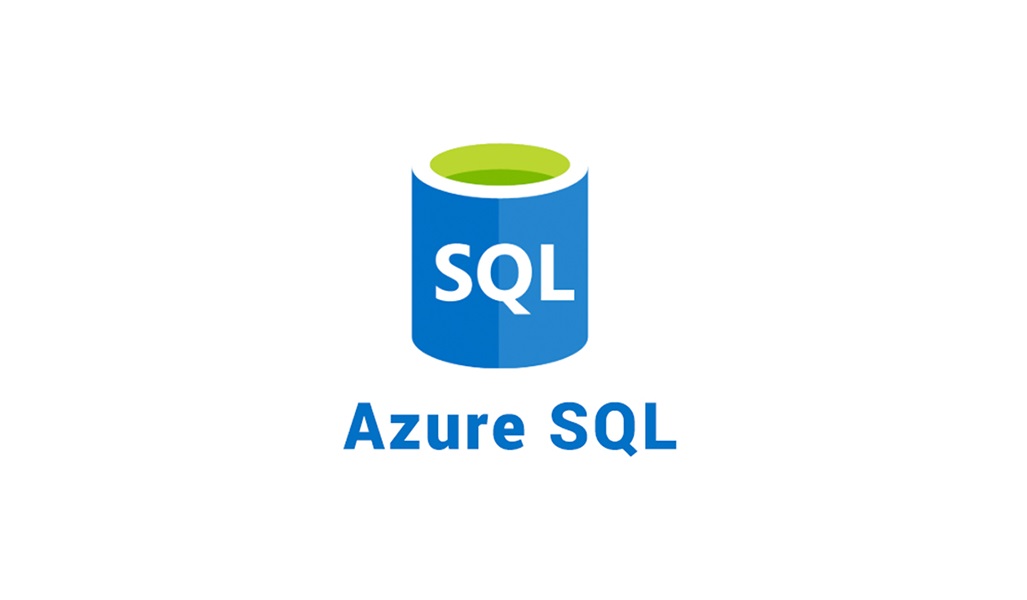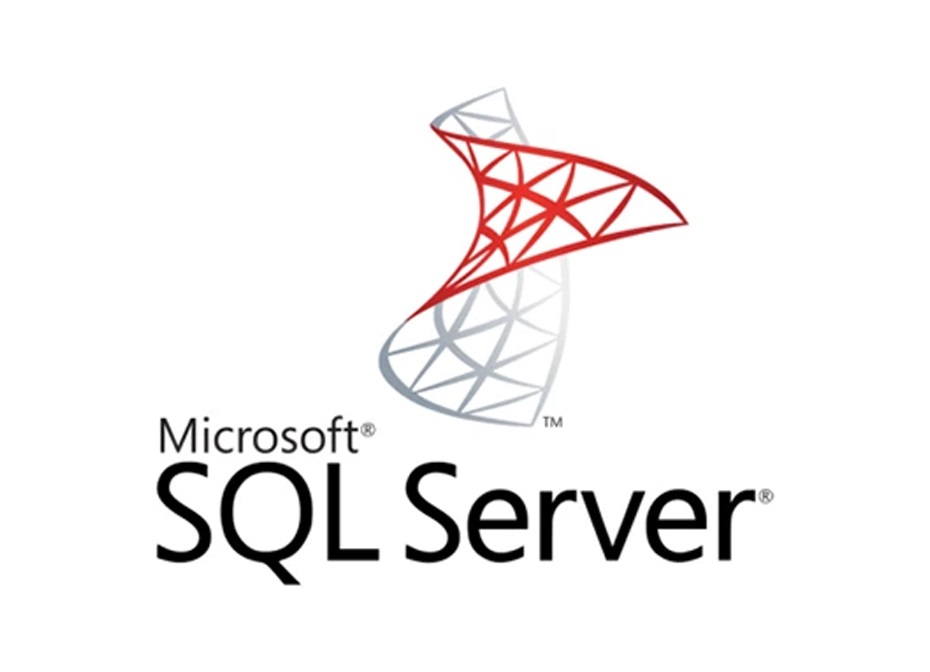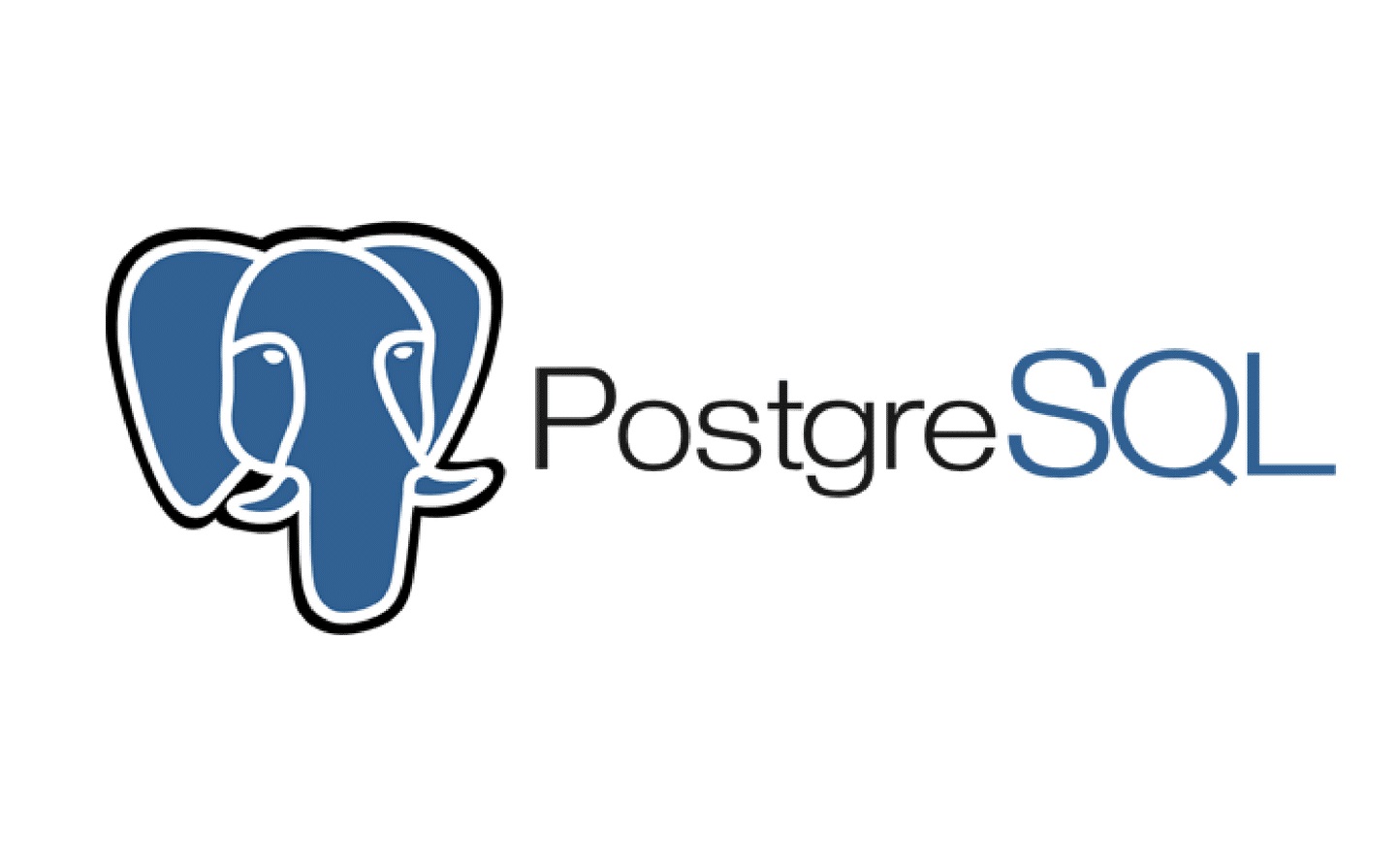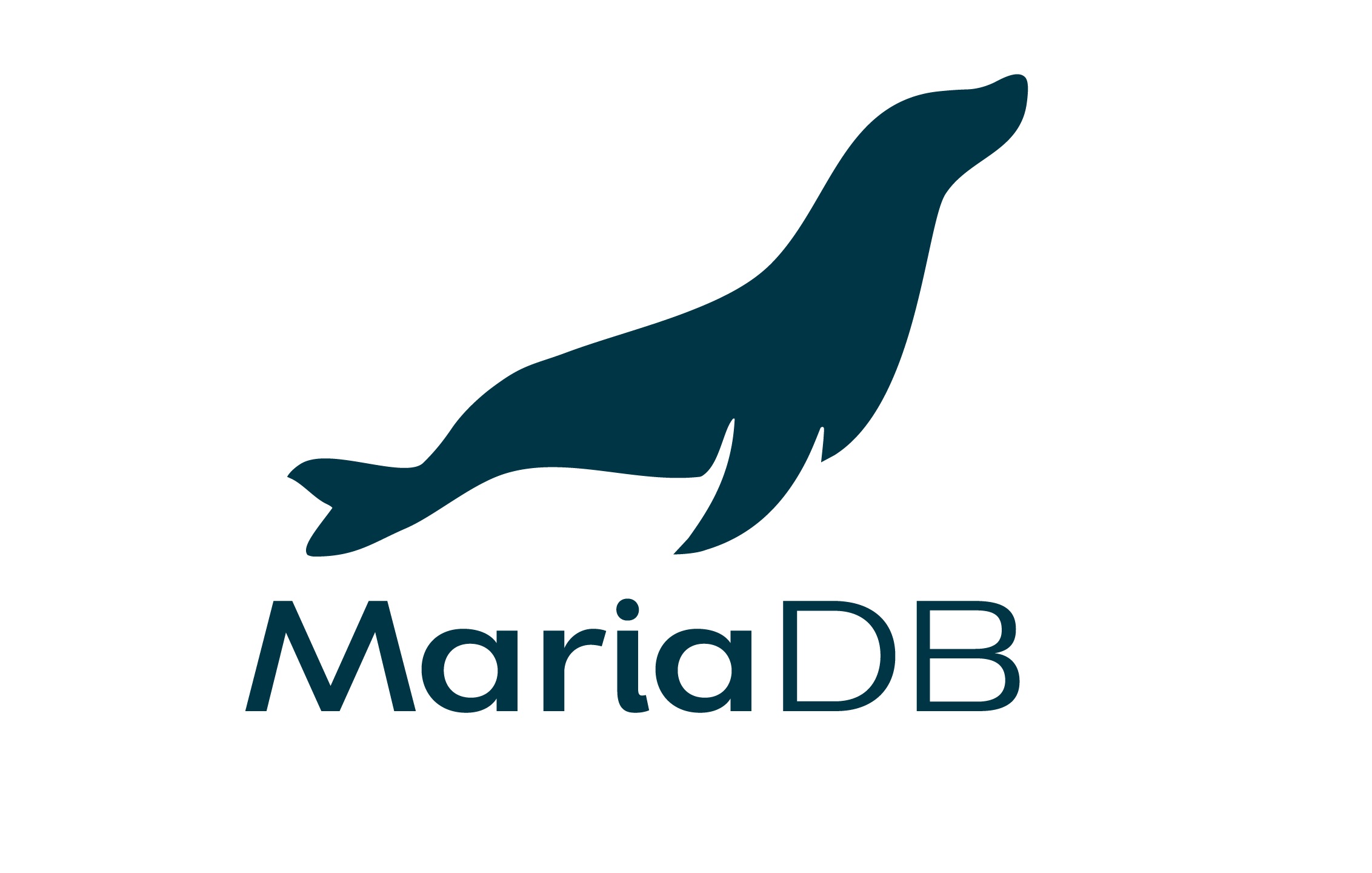Why you should master SaltStack DevOps
Published
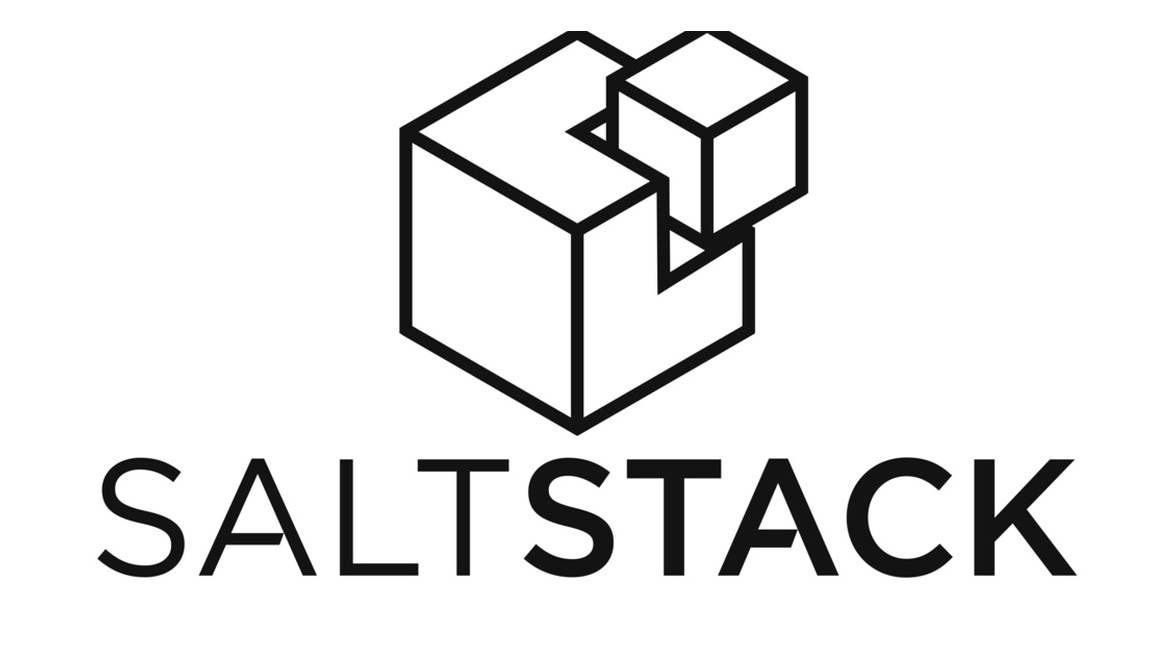
SaltStack is an open source software for automating IT infrastructures. It is a remote execution engine that allows administrators to quickly and efficiently execute commands on a large number of servers.
SaltStack uses a master-minion model, where a central Salt master server sends commands to a group of minion servers, which then execute those commands. It uses its own Domain Specific Language (DSL), called Salt State, to describe the configuration of systems and applications. Salt State allows administrators to define the systems they want to manage and the states they want to maintain on those systems.
SaltStack also supports the use of formulas that contain pre-built salt states and modules to simplify commonly used configurations and tasks.
SaltStack is used by companies and organizations to automate IT infrastructure, including cloud computing, DevOps, and network orchestration.
What features does SaltStack include?
SaltStack includes a variety of features that help administrators automate IT infrastructures. Some of the key features are:
- Remote Execution Engine: SaltStack allows administrators to execute commands on a large number of servers without having to log in to each individual system.
- Master-Minion Model: SaltStack uses a centralized master-minion model, where a central Salt master server sends commands to a group of minion servers, which then execute those commands.
- Configuration Management: SaltStack enables administrators to describe and maintain the configuration of systems and applications.
- Orchestration: SaltStack supports orchestration of systems and applications to automate complex workflows.
- Formulas: SaltStack includes pre-built salt states and modules called formulas that simplify commonly used configurations and tasks.
- Extensibility: SaltStack is highly extensible and provides an API that allows administrators to create their own modules and states.
- Security: SaltStack offers a variety of security features, including the ability to use SSL encryption and certificate authentication.
Overall, SaltStack provides a powerful IT infrastructure automation platform used by businesses and organizations to improve efficiency and scalability.
How complicated is it to use SaltStack?
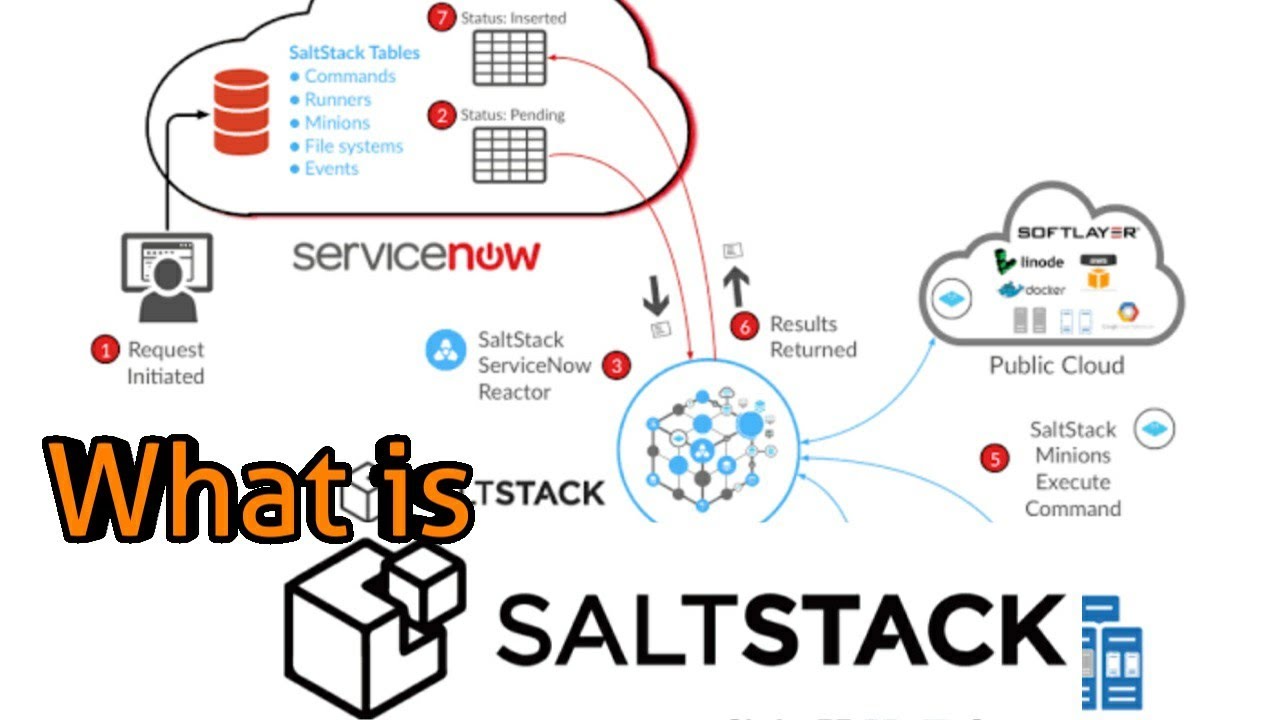
Those: youtube.com
SaltStack is a powerful automation software used by many companies and organizations due to its flexibility and extensibility. However, using SaltStack requires some basic knowledge of IT infrastructure, especially configuration management and automation of systems.
For users who already have experience with configuration management tools, SaltStack can be relatively easy to learn. It provides extensive documentation, including tutorials and examples, that can help users quickly learn how to set up and use SaltStack.
However, for beginners in automation, SaltStack can have a steep learning curve. A basic understanding of system administration and configuration management is required to work effectively with SaltStack. A thorough knowledge of Linux systems and networks is also helpful.
Overall, SaltStack is a powerful tool suitable for both experienced and new users who are ready to delve into configuration management and system automation.
What can SaltStack do that other DevOps tools can't?
SaltStack is characterized by its flexibility, scalability and high speed. Compared to other configuration management tools, SaltStack offers the following features:
- Speed and Scalability: SaltStack uses a master-slave approach where the master server can be connected to a large number of slaves. The master server can send instructions to the connected slaves very quickly, making it ideal for large companies with many servers and virtual machines.
- Easy configuration: SaltStack uses an easy-to-manage configuration file that is YAML-based. This file is easy to read, write and maintain. Additionally, SaltStack commands can be executed from the command line or through a RESTful API, allowing for easy integration with other tools.
- Flexibility: SaltStack allows users to create custom modules and expand the software's capabilities. Users can also define their own states to implement custom configurations on systems.
- Security: SaltStack provides high security for user data and communications. It uses encryption and secure connections to ensure that all data is transmitted securely.
- Cloud Integration: SaltStack offers seamless integration with cloud platforms such as Amazon Web Services (AWS), Google Cloud Platform (GCP), and Microsoft Azure.
Overall, SaltStack is a powerful configuration management tool that allows users to optimize and accelerate the automation of their IT infrastructure. SaltStack is ideal for large companies with many servers and virtual machines that need a fast and flexible solution for their configuration management.
Which companies use SaltStack?

Those: sourceforge.net
Some of the most well-known companies using SaltStack are:
- IBM
- Adobe
- Cisco
- Ericsson
- Verizon
- Hewlett Packard Enterprise
- Juniper Networks
- Akamai Technologies
- eBay
These companies use SaltStack to automate, configure and manage their IT infrastructure to increase operational efficiency and security. SaltStack is also popular with many government agencies and military organizations that require a secure and fast configuration management solution.
Which programming languages is SaltStack compatible with?
SaltStack is written in Python and provides a Python API that allows users to integrate SaltStack with Python code. This means that SaltStack is compatible with all programming languages that support Python integration. SaltStack also provides a RESTful API that allows users to send SaltStack commands from any programming language that supports HTTP requests. It is therefore possible to call SaltStack commands from scripts in any programming language, as long as the language supports HTTP requests.
